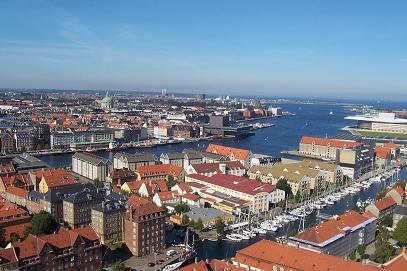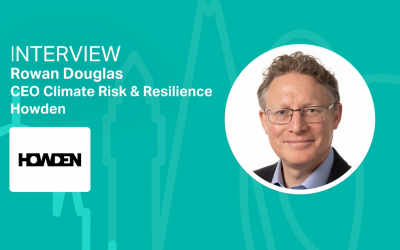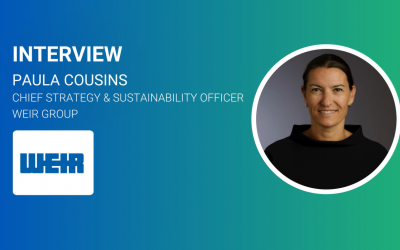Cities and Green Growth
Game-changing efforts are required in cities to avoid long-term lock-ins and help relieve the continued stress on resources like energy, land and water. With urban areas already accounting for some 66 per cent of global greenhouse gas (GHG) emissions, we are forced to push for political leadership, including at city-level, in order to fight climate change.

Urbanisation and the shift to a green economy are two of the greatest challenges of our time. Cities are expected to expand by another two billion residents over the coming twenty years. More than 90 per cent of urban population growth is expected to occur in the developing world, where many cities are already struggling to provide basic needs.
Urbanisation trends also provide opportunities. Cities are often able to enact more ambitious GHG reduction policies than national governments. And amidst a global economic crisis, cities, at perhaps more than any other level of government, have tremendous power to influence the choice, design, and implementation of technologies, innovation, building codes, and the pattern of spatial growth – all of which may promote sustainable resource-use and unlock green growth opportunities.
The conventional view about combating climate change suggests that a mix of market forces, government regulation, empowered citizen’s groups, technological innovation, and sharing of best practices will need to come together and “save the day”. But this may not be sufficient. Even if a range of supportive and breakthrough technologies and price regimes were present, and even if the political will is there, they may be overwhelmed by pervasive market failures, split incentives amongst actors in the decision and value chain, and the gaps in implementation capability of local governments, business and citizen’s groups. As such, these are today’s key challenges and barriers facing cities striving for sustainable and green growth.
City collaboration
I am encouraged over recent years to have witnessed impressive city leadership and a growing number of new city-to-city collaborations. The sustainable and green growth agenda has spread from city governments to urban planners, infrastructure investors, technology suppliers, architects and citizen’s groups.
"The city has reached its mid-term target of reducing its GHG emissions by 20 per cent"
As an example for inspiration, I am glad to see the leadership undertaken by the City of Copenhagen. With a long-term target of becoming CO2-neutral by 2025 the city has already reached its mid-term target of reducing its GHG emissions by 20 per cent - 4 years ahead of schedule. This target was reached with a population growth of 10 per cent and with economic growth around 5 per cent in the same period.
As Chairman of the Council of the Global Green Growth Institute (GGGI) I am glad to see this kind of leadership help strengthen and shape the Global Green Growth Forum (3GF), which is focusing on smart cities this year.
The City of Copenhagen is however faced with the same constraints facing a number of city governments around the world that seek to promote sustainable and green growth solutions - not least in the developing countries.
Green Growth and Cities Program
A recent report from the World Bank re-affirms the fact that most new urban growth will not take place in megacities, but rather in “second tier” cities in developing countries. More needs to be done to address the challenges of these cities. This is why GGGI in its green growth planning and implementation programs in developing countries have taken on urban planning along other key sectors of the economy in our strategic planning efforts. It is also the reason why GGGI this year will start developing its “Green Growth and Cities Program,” which aims to address key constraints – and green growth opportunities - facing city governments in developing countries.
"City and national governments cannot provide the necessary leadership on their own"
A key point is to realise that city and national governments cannot provide the necessary leadership on their own. They need to be integrated in their regulatory, planning and enforcement efforts. More importantly, the private sector and civil society actors also need to be engaged and integrated up-front and throughout the planning, financing and implementation phases of urban planning and development. This one of the success features of the City of Copenhagen as well. Targeted and long-term public-private partnerships with private sector technology suppliers, developers, and investors can be key for city governments in pursuit of sustainable objectives.
Other key barriers to address in our efforts going forward may include:
- Enhanced north-to-south, and not least south-to-south, city collaboration among “model city” green growth solutions
- Stronger focus on “near-tem”, off the shelves and proven efficiency solutions in the area of water management and the built environment
- A stronger focus on integrated organisational structures in city governments
- Analytical capacity and instruments have to be established and developed for city governments, allowing for the assessment of life-cycle costs and green growth implications of large-scale infrastructure investments
- Financing needs to be more locally based on self-financing and self-generating financing schemes; this will be essential to inclusive, sustainable urban development
This list is by no means exhaustive, but it may help contribute to our common and crucial efforts of tackling the lock-in challenges and un-lock opportunities of the urbanisation agenda of the 21st. century.








